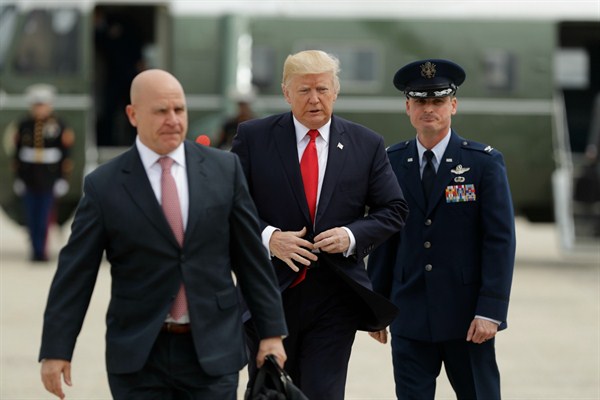At some point in the next year, the Trump administration should release its first official National Security Strategy. In the past, many of these reports were simply extended self-congratulations or a litany of unrealistic aspirations of little value to the government agencies that had to implement them. It is vital for the inaugural Trump effort to avoid these pitfalls by identifying realistic and attainable midterm goals.
The key word here is “realistic.” In the midterm—from four to 10 years—the United States is not going to eradicate the self-styled Islamic State, al-Qaida or the Afghan Taliban. Nor will it engineer the denuclearization of North Korea, end disruptive behavior by Iran and Russia, or block China’s rise in Asia and elsewhere. There are, though, intermediary goals that might not constitute high-profile victories or definitive outcomes, but that are attainable if given consistent effort.
Start with the most important aspect of today’s global security system: China’s growing power. While the United States cannot and should not attempt to stop this outright, it is realistic for Washington to expand its partnership with Beijing on issues of shared concern like regional stability and countering transnational extremism, even while deterring China from threatening other Asian nations.

